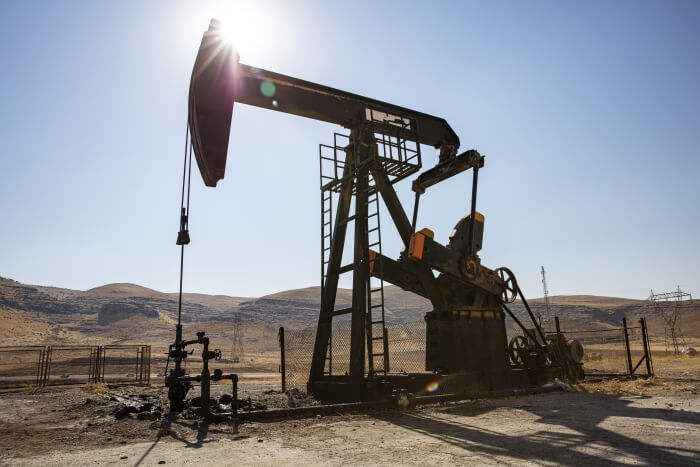


Base oil
Base oil is the main component of lubricants such as engine oils, transmission oils or greases. The type and quantity of base oils used determine the lubricating properties of the lubricant. Properties such as viscosity-temperature behaviour, oxidation resistance or friction behaviour are significantly influenced. Additives can be added to the lubricant to give it even more properties.

Base oil groups
The API (American Petroleum Institute) has published a classification for the different base oils to make them more comparable. Aspects such as the refining method, the viscosity index, the proportion of saturated hydrocarbons and the sulphur content are taken into account.
| Group | Viscosity index (VI) | Saturated hydrocarbons in % | Sulphur content in % | Description |
| I | 80-120 | < 90 | > 0,03 |
|
| II | 80-120 | ≥ 90 | ≤ 0,03 |
|
| III | > 120 | ≥ 90 | ≤ 0,03 |
|
| IV | - | - | - |
|
| V | - | - | - |
|
Mineral oil vs. synthetic oil
In the case of mineral base oils (Group I-III), a low sulphur content in the oil is desired, since sulphur as an impurity in the oil can contribute to increased acid formation. The hydrocarbon compounds also require a high degree of saturation. This means that the compounds must be as closed as possible and no more free atoms can join. In practice, oxygen atoms usually accumulate at the free sites, which contributes to faster oil aging. In turn, a high viscosity index is important for the temperature resistance of the lubricant. The higher the VI, the better the oil can operate in low and high temperature ranges. This is particularly relevant for engine oils, as these must remain flowable at cold outside temperatures and high operating temperatures. Mineral oil is obtained exclusively from crude oil. It must be refined with separation and cleaning processes. The combination of the basic building blocks is random and depends on the respective crude oil source in which various foreign substances can be found.
The synthetic base oils from group IV and V have a high inherent VI, are saturated and sulphur-free. As a result, the oils are very resistant to ageing and temperature, but are also expensive to produce. Synthetic oil can also be obtained from crude oil, but also from coal or vegetable oils. Short hydrocarbon chains (C2H4 or C3H6) are combined to form lubricating oil molecules. Synthetic oil does not have to consist exclusively of hydrocarbons. It can contain oxygen (synthetic esters, polyglycols), phosphorus (phosphoric acid esters) or silicon (silicone oils). The molecular structure results from the machining process. The aim is to form homogeneous structures without undesirable foreign substances.
| Advantages | Disadvantages | |
| Mineral oil |
|
|
| Sythetic oil |
|
|
Contact
